Cardamom is a spice renowned for its complex, aromatic flavor profile. It's often described as a blend of floral, citrusy, minty, and slightly spicy notes with hints of lemon and eucalyptus. Unlike one-dimensional spices like cinnamon, cardamom offers a layered and versatile taste experience that enhances both sweet and savory dishes.
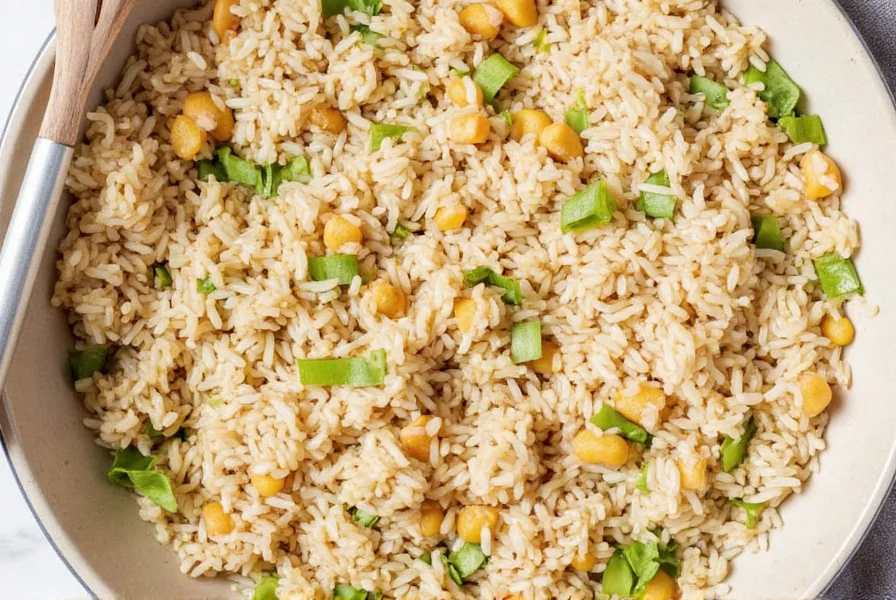
Green vs Black Cardamom: Key Differences
| Type | Flavor Notes | Best For |
|---|---|---|
| Green Cardamom | Sweet, citrusy, herbal | Desserts, beverages, light curries |
| Black Cardamom | Smoky, camphorous, deep | Spice blends, hearty stews, grilled meats |
Culinary Uses of Cardamom
Whether you're brewing tea, baking bread, or simmering a stew, cardamom has a place at your table. Here are seven creative ways to bring out the best in this versatile spice:
- Add to Coffee: Crushed green cardamom seeds in your morning brew? Yes, please! The warm, citrusy scent will make your kitchen smell divine.
- Bake into Desserts: Try it in cookies, muffins, or rice pudding. Just a pinch goes a long way!
- Spice Up Curries: Use whole pods during tempering (tadka) to infuse oil with flavor.
- Mix into Tea: Chai isn't truly chai without cardamom. Try blending it with cloves and ginger for an aromatic twist.
- Infuse Cream or Milk: Warm milk with crushed pods to create a fragrant base for lattes or custards.
- Grill with Meats: Ground black cardamom works well in marinades for lamb or chicken.
- Pair with Chocolate: Dark chocolate + cardamom = a match made in flavor heaven.
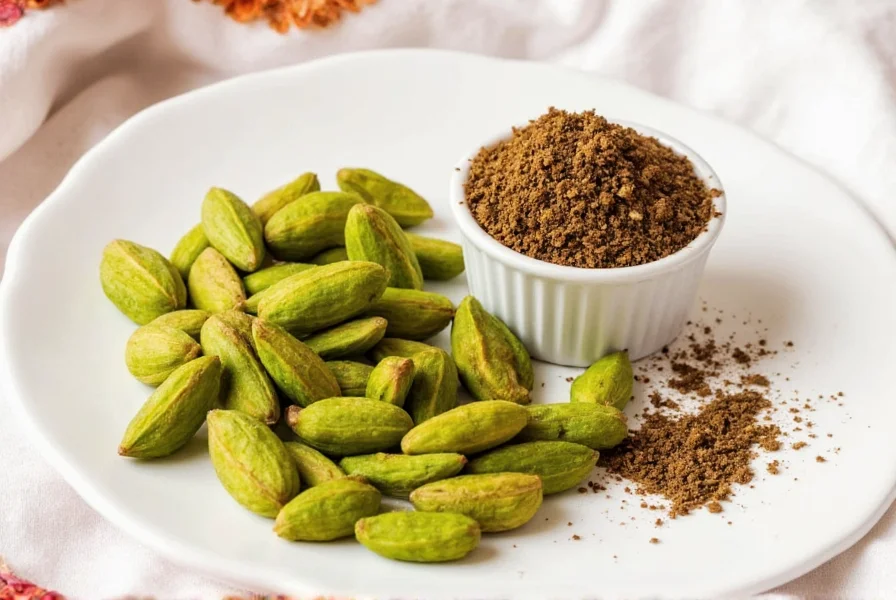
Health Benefits of Cardamom
Beyond flavor, cardamom has earned a reputation as a functional food. Some of the benefits include:
- Antioxidant-Rich: Helps fight free radicals in the body
- Anti-inflammatory Properties: May help reduce inflammation and pain
- Aids Digestion: Often chewed post-meal to freshen breath and soothe the stomach
- Heart Health Support: Some studies suggest it may help maintain healthy blood pressure levels
- Natural Breath Freshener: Its essential oils kill odor-causing bacteria
Buying Guide for Cardamom
When shopping for cardamom, not all products are created equal. Here's how to choose the best quality:
Types of Cardamom to Buy:
| Product | Features | Advantages | Best For |
|---|---|---|---|
| Whole Green Pods | Sealed pods containing fresh seeds | Potent aroma, long shelf life | Cooking, grinding fresh |
| Ground Cardamom | Freshly ground powder | Convenient, easy to measure | Baking, quick recipes |
| Organic Cardamom | Grown without synthetic pesticides | Pure flavor, eco-friendly | Health-conscious users |
| Black Cardamom Pods | Larger, smokier variety | Robust flavor, good for meat dishes | Slow-cooked meals, grilling |
| Cardamom Extract | Flavored liquid extract | Strong flavor, no prep needed | Baking, sauces |
Tips for Buying:
- Look for tightly sealed pods — if they rattle when shaken, they're probably dry and old.
- Buy from reputable spice brands that source directly from farms.
- Check the harvest date — fresher is always better for potency.
- Avoid pre-ground mixes unless specified; grinding at home ensures maximum aroma.
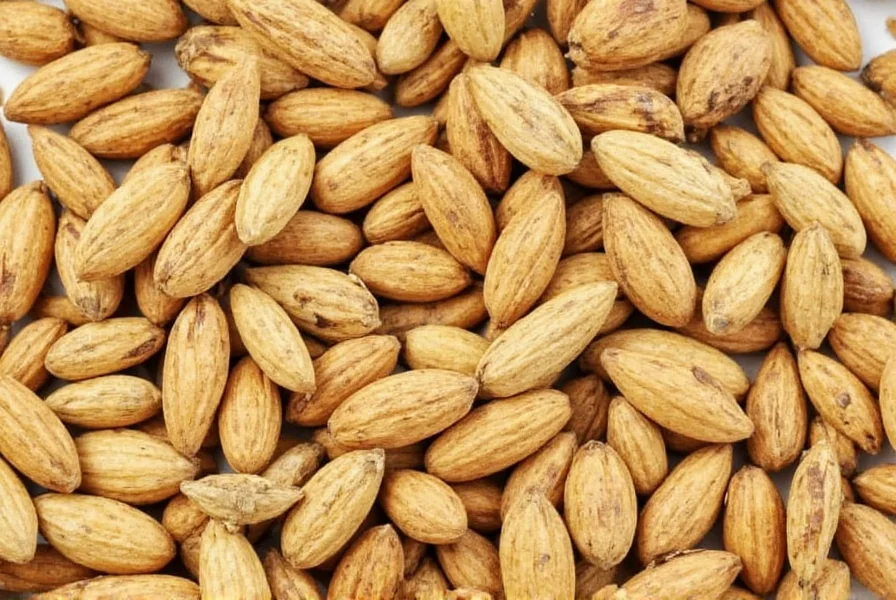
Storing Cardamom for Maximum Flavor
To preserve the cardamom taste and aroma, proper storage is key:
- Whole Pods: Store in airtight containers away from light and moisture. Last up to a year.
- Ground Powder: Use within 6 months; store in cool, dark places.
- Pre-Ground Mixes: Tend to lose potency faster — grind only what you need.
- Freezing: Whole pods can be frozen for extended shelf life.
Common Mistakes When Using Cardamom
Even seasoned cooks can make missteps with this powerful spice. Here are some common mistakes to avoid:
- Using Too Much: Cardamom is strong. Start with a little and adjust to taste.
- Not Grinding Fresh: Pre-ground cardamom loses flavor quickly. Grind just before use.
- Confusing Green and Black: They're not interchangeable. Know your recipe before choosing.
- Storing Improperly: Exposure to air and light degrades quality. Keep it sealed!
- Over-Soaking: When infusing liquids, remove pods early to avoid overpowering the dish.
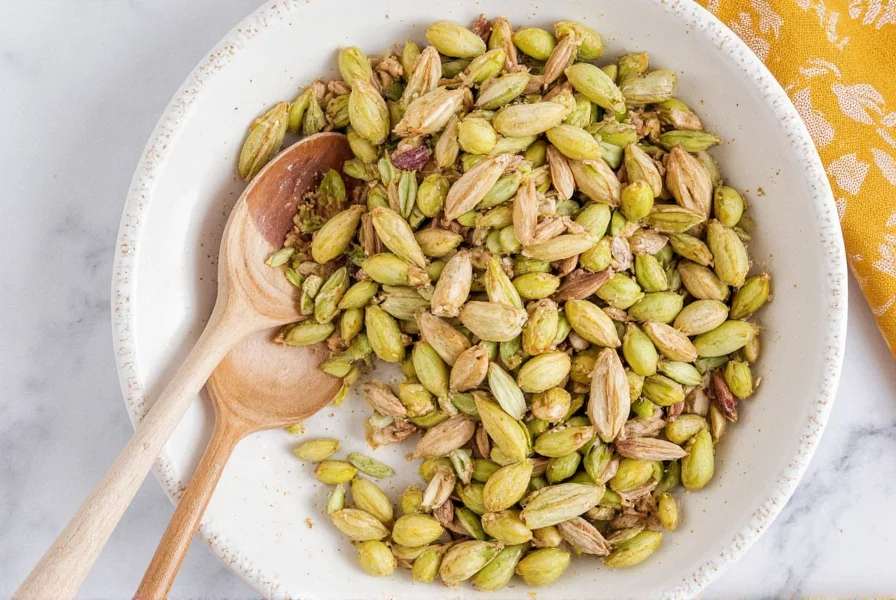
Conclusion
The cardamom taste is unmistakable — rich, floral, and full of intrigue. Whether you're spicing up your latte, adding complexity to a curry, or giving your cake that secret something, cardamom deserves a permanent spot in your spice rack.
Now that you know the basics, don't be afraid to experiment. Try pairing it with cinnamon in oatmeal, mixing it into yogurt, or even sprinkling a pinch on roasted carrots. Once you get a handle on cardamom's flavor profile, your kitchen will never taste the same again.
So go ahead — open a pod, crush a seed, and let your senses guide the way. After all, every great dish starts with a single, unforgettable taste.

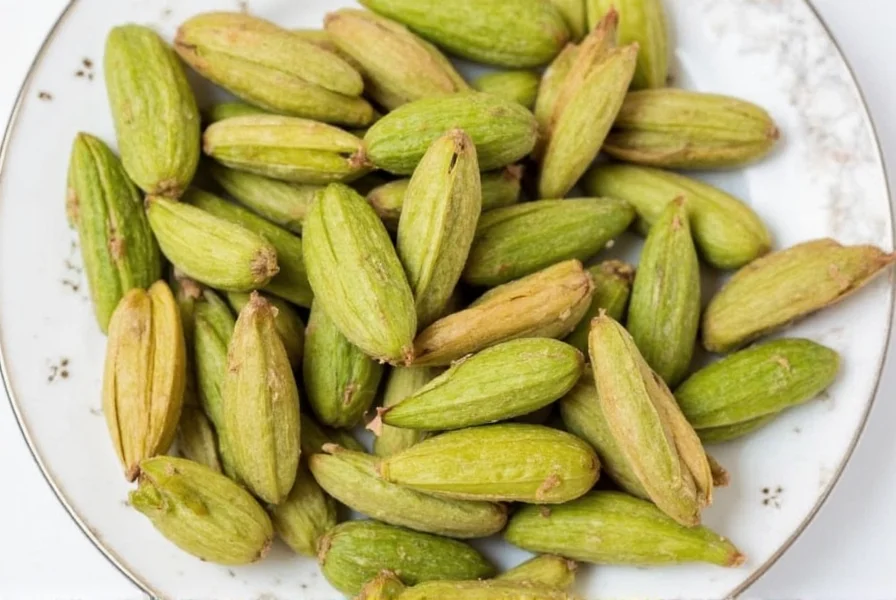









 浙公网安备
33010002000092号
浙公网安备
33010002000092号 浙B2-20120091-4
浙B2-20120091-4